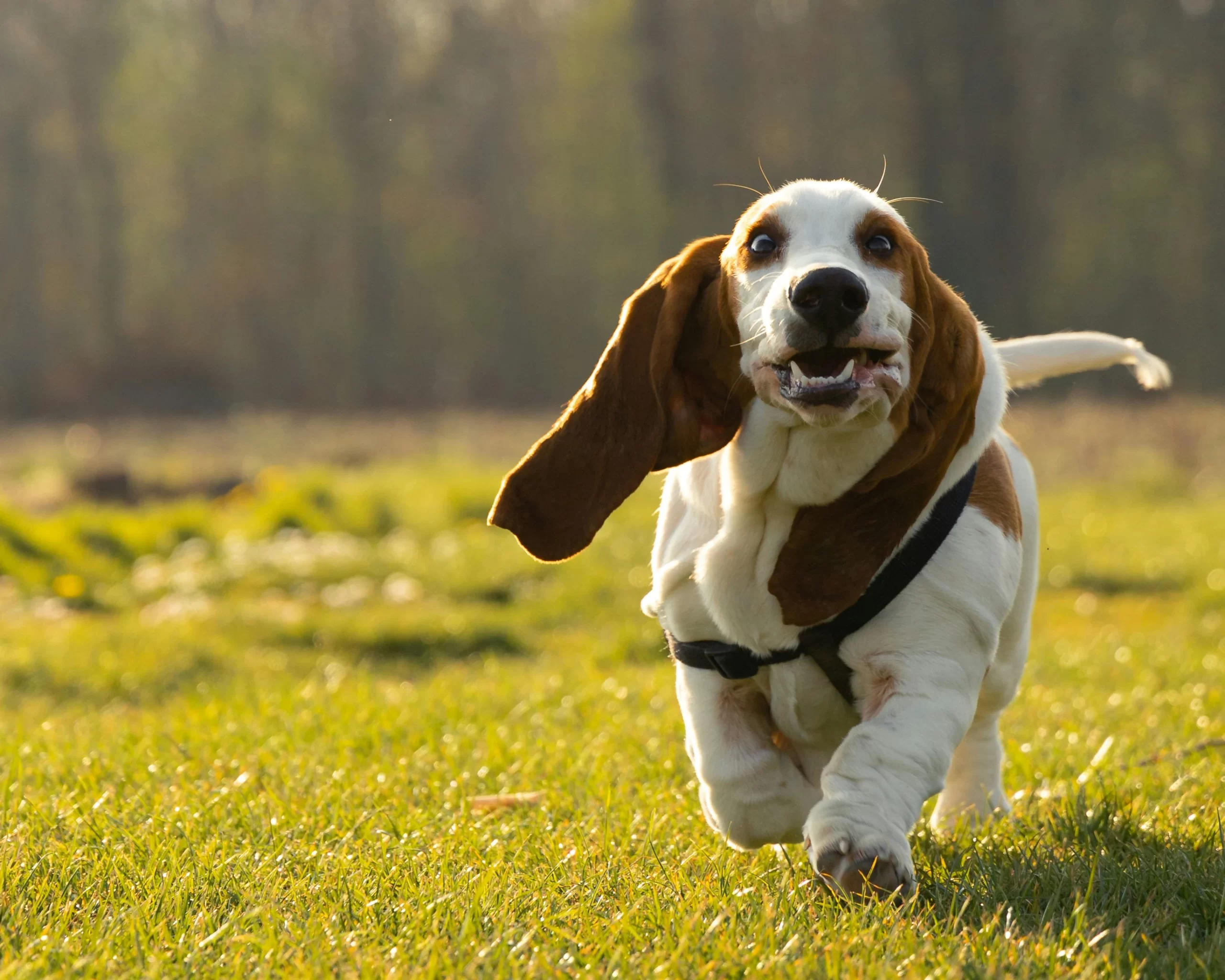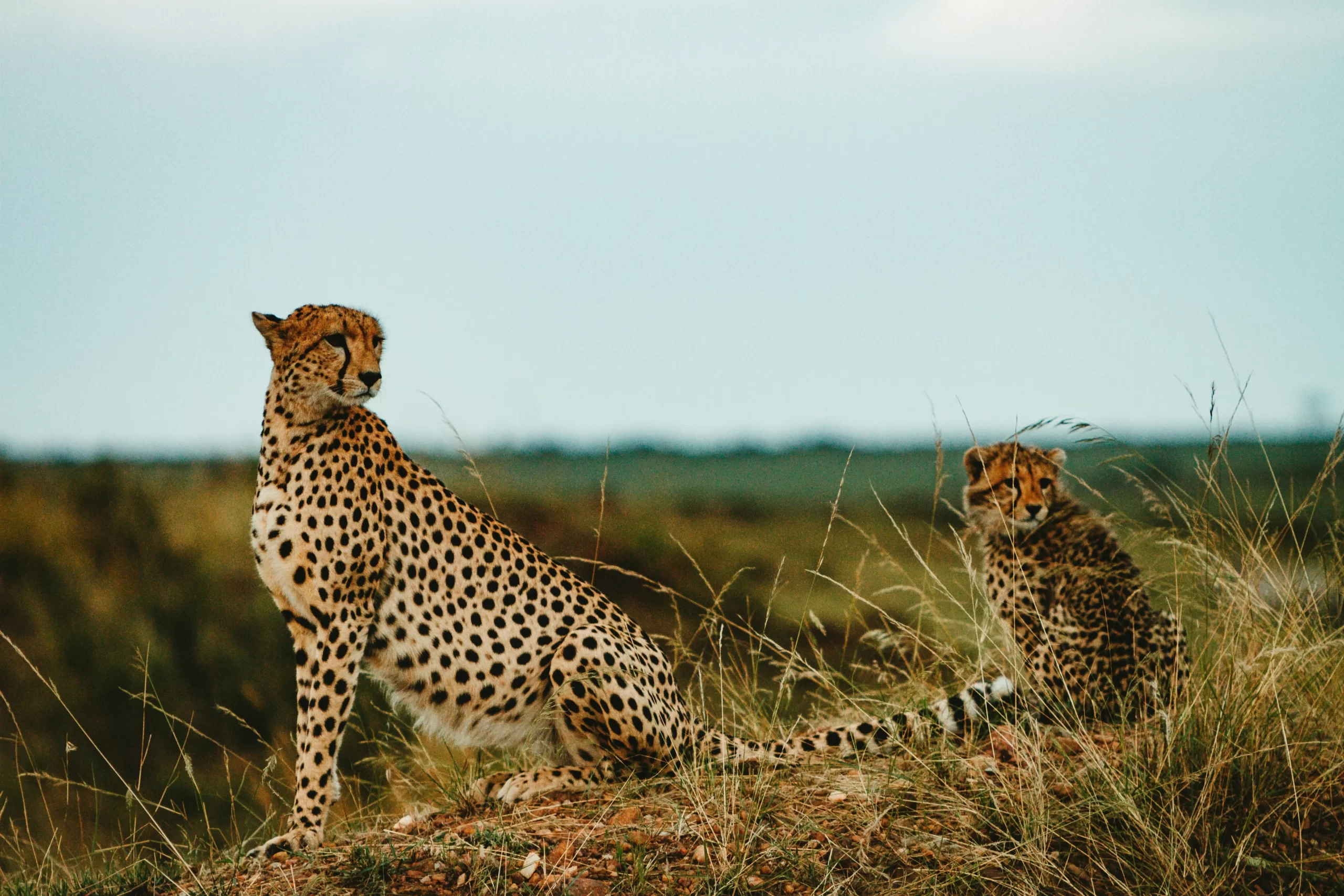Table of Contents
Have you ever wondered about the astonishing range of animal speeds that exist in the natural world? From the leisurely crawl of snails to the lightning-fast sprints of cheetahs, the spectrum of animal speed encompasses a myriad of fascinating adaptations and capabilities. Let’s embark on a journey through this spectrum, exploring the intricate nuances of speed in various species, from the slow-motion marvels like snails and sloths to the agile sprinters like cheetahs and Peregrine falcons. Join us as we delve deeper into the captivating realm of animal speed and discover the remarkable diversity of life on Earth.

Snails: The Epitome of Slowness
Animal Speed: 0.029 mph (0.046 km/h)
At the lowest end of the animal speed spectrum, we find the humble snail. These gastropods, with their spiral shells and slimy trails, epitomize the art of slow motion. Picture strolling through a garden and coming across a snail gracefully gliding across a leaf—it’s a serene sight that reminds us to slow down and appreciate the beauty of life at a snail’s pace.
Snails, found in a variety of habitats around the world, play vital roles as decomposers and prey. Some notable examples include the garden snail (Cornu aspersum) and the giant African land snail (Achatina fulica), which showcase the diversity of snail species and their adaptations to different environments.

Sloths: Masters of Relaxation
Animal Speed: 0.15 mph (0.24 km/h)
Moving up the speed ladder, we encounter the enchanting sloth. These arboreal mammals, native to the tropical forests of Central and South America, have earned a reputation for their leisurely lifestyle and slow-motion movements. Imagine a sloth hanging upside down from a tree branch, its shaggy coat blending seamlessly with the foliage, as it munches on leaves with deliberate slowness.
Sloths, belonging to the families Bradypodidae (three-toed sloths) and Megalonychidae (two-toed sloths), are perfectly adapted to their arboreal existence. Their slow metabolism and low-energy lifestyle allow them to conserve energy in their nutrient-poor habitat. While their leisurely pace may seem inefficient to some, sloths have mastered the art of survival in the canopy, where patience and stealth are key to evading predators and conserving resources.

Elephants: Surprisingly Swift Giants
Animal Speed: 15.5 mph (25 km/h)
Moving onto swifter terrain, we encounter the majestic elephant. When you think of speed, elephants might not be the first animals that come to mind. However, despite their massive size, these gentle giants are capable of surprising bursts of speed when the need arises. Picture a herd of elephants thundering across the savanna, their massive bodies moving with unexpected grace and agility as they navigate varied terrain with ease.
Elephants, revered for their intelligence and social complexity, are the largest land mammals on Earth. Whether charging to defend their young or embarking on long-distance migrations, these mighty creatures showcase the versatility of animal speed in the natural world.

Basset Hounds: Enjoying a Leisurely Trot
Animal Speed: 15 mph (24 km/h)
In the world of dog breeds, there’s a wide spectrum of speeds, from the swift agility of Greyhounds to the leisurely trot of Basset Hounds. Picture a Basset Hound with its droopy ears and soulful eyes, trotting along at a relaxed pace as it follows a scent trail with unwavering determination.
Basset Hounds, known for their keen sense of smell and distinctive appearance, are scent hounds bred for tracking game in dense underbrush. While they may not match the sprinting prowess of their Greyhound cousins, Basset Hounds excel in endurance and determination, making them invaluable partners for hunters and beloved companions for families.

Greyhounds: Sprinters Extraordinaire
Animal Speed: 45 mph (72 km/h)
In contrast to the leisurely pace of Basset Hounds, we have the Greyhound—a true sprinting marvel of the canine world. Picture a Greyhound racing across an open field, its sleek form slicing through the air as it reaches astonishing speeds in pursuit of its target.
Greyhounds, bred for coursing and racing, are built for speed. With their aerodynamic bodies, long legs, and keen eyesight, they excel in sprinting activities, reaching speeds of up to 45 miles per hour. While their competitive racing days may be behind them, retired Greyhounds make affectionate and loyal companions, showcasing the gentle side of these sprinters extraordinaire.

Cheetahs: The Speed Demons of the Savanna
Animal Speed: 60 mph (96 km/h)
When it comes to the need for speed, cheetahs are in a class of their own. These sleek predators, with their distinctive spotted coats and streamlined bodies, are built for explosive bursts of acceleration. Picture a cheetah crouching low in the grass, its keen eyes locked onto a distant herd of gazelles, as it prepares to unleash its lightning-fast sprint.
Cheetahs, the fastest land animals, can reach speeds of up to 60 miles per hour in short bursts, covering distances of over 500 meters in mere seconds. Their specialized adaptations, including flexible spines, enlarged nasal passages, and non-retractable claws, enable them to achieve unparalleled agility and speed. While cheetahs may reign supreme on the savanna, their populations face numerous threats, highlighting the importance of conservation efforts to protect these majestic predators.

Peregrine Falcons: Masters of Aerial Velocity
Animal Speed: 242 mph (389 km/h)
At the pinnacle of the speed spectrum, Peregrine falcons soar to astonishing heights of velocity. These magnificent birds of prey, with their slate-gray plumage and piercing eyes, are renowned for their breathtaking aerial acrobatics. Picture a Peregrine falcon high above the cliffs, its wings folded close to its body as it stoops into a dizzying dive.
Peregrine falcons, with dive speeds reaching an astounding 242 miles per hour, are the fastest animals in powered flight. Their aerodynamic bodies, sharp talons, and keen eyesight make them formidable hunters, capable of striking down avian or small mammal prey with deadly precision. While Peregrine falcons may seem like creatures of myth and legend, they are very much a part of our natural world, serving as ambassadors of speed and agility in the skies.
Conclusion: Learn More
From the slow-motion marvels of snails and sloths to the lightning-fast pursuits of cheetahs and Peregrine falcons, animal speed encompasses a vast spectrum of capabilities and adaptations. As we marvel at the wonders of the natural world, let us embrace the diversity of animal speed and the remarkable feats it enables across different species. Join us on Your Animal Guide as we continue to explore the captivating realm of animal behavior, from the mysteries of migration to the intricacies of communication. Discover more about the marvels of animal speed and other captivating topics by exploring our dogs category for insights into canine wonders or diving into our article on solitary animals for a deeper understanding of independent survival strategies.
F. A. Q. about Animal Speeds
What is the fastest animal speed?
The fastest recorded animal speed belongs to the Peregrine Falcon, which can dive at speeds of up to 242 miles per hour (389 km/h) while hunting.
What are the slowest and fastest animals?
The slowest animals include snails, with an average speed of 0.029 miles per hour, while the fastest include Peregrine falcons, reaching speeds of up to 242 miles per hour.
What are the fastest animals?
The fastest animals include Cheetahs, Peregrine falcons, and certain dog breeds like Greyhounds, renowned for their impressive sprinting abilities.
What are the slowest animals?
The slowest animals encompass species like snails and sloths, which move at a leisurely pace adapted to their lifestyles and environments.


